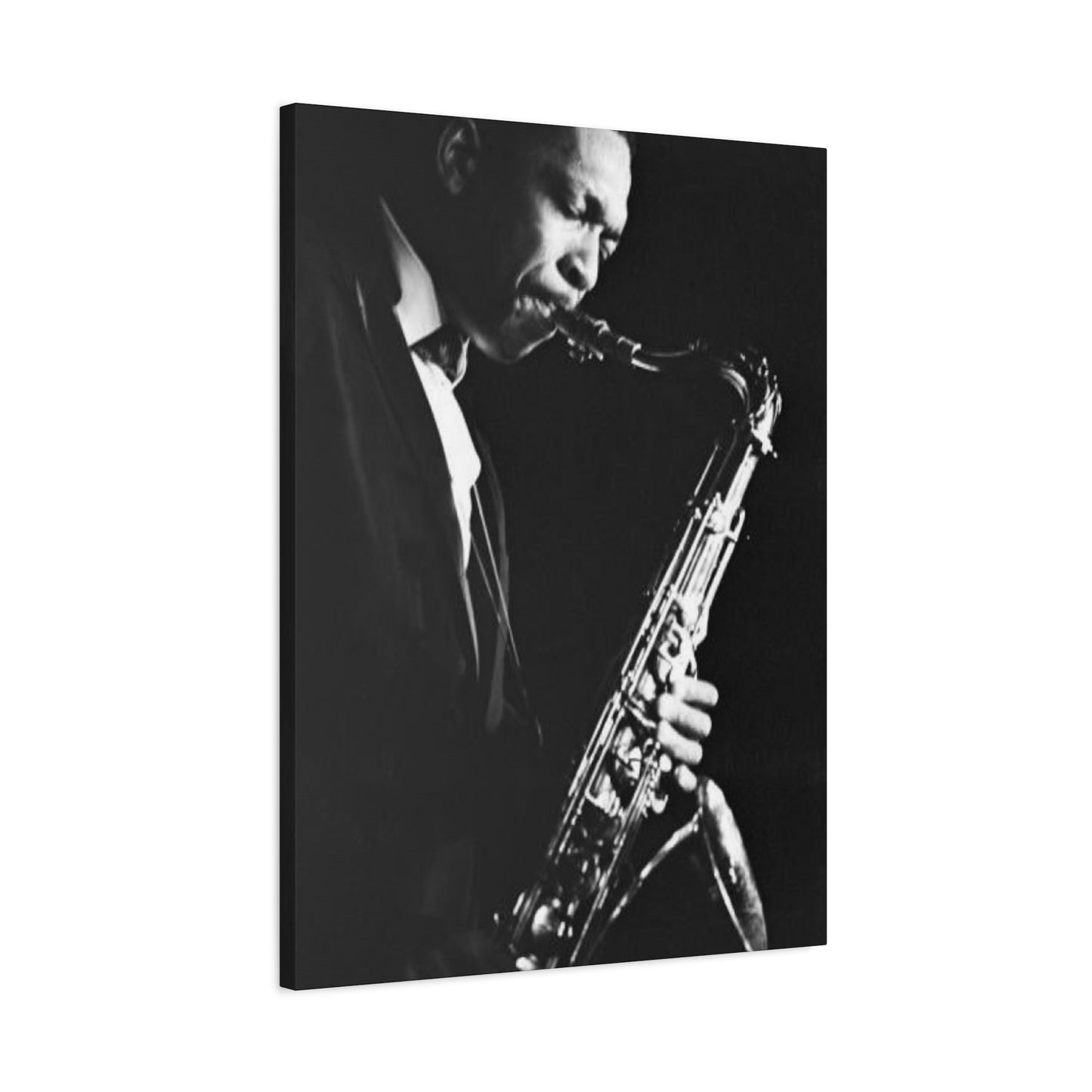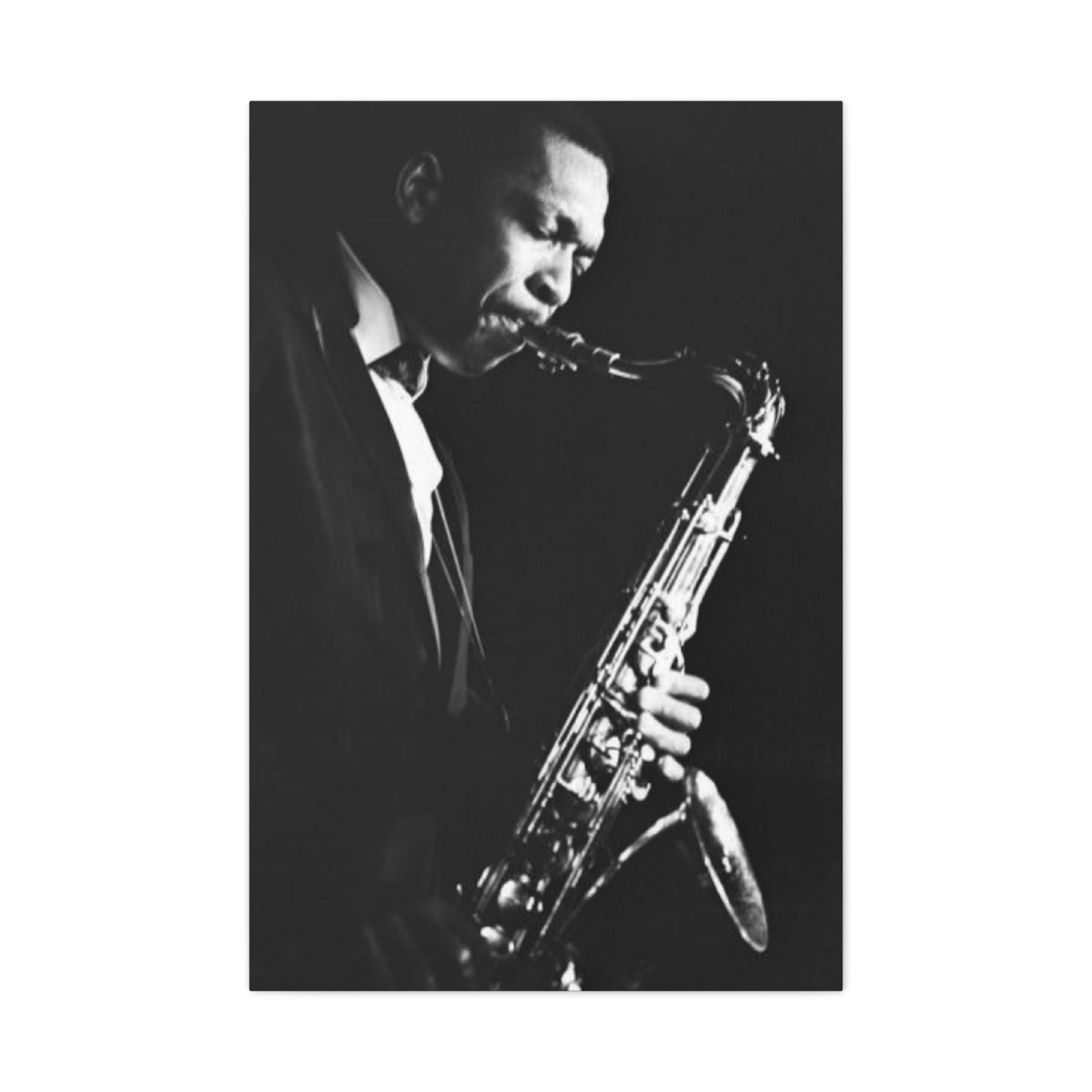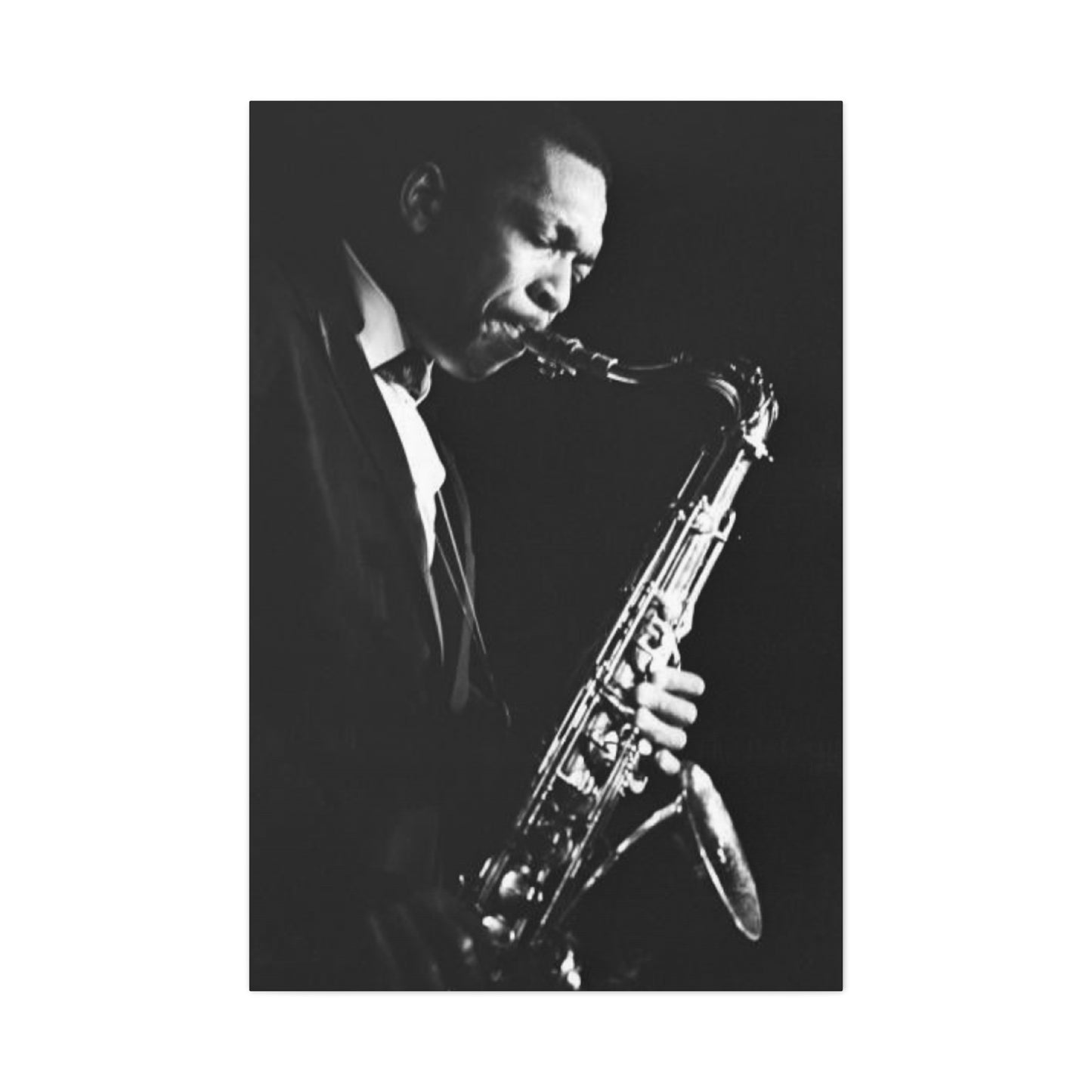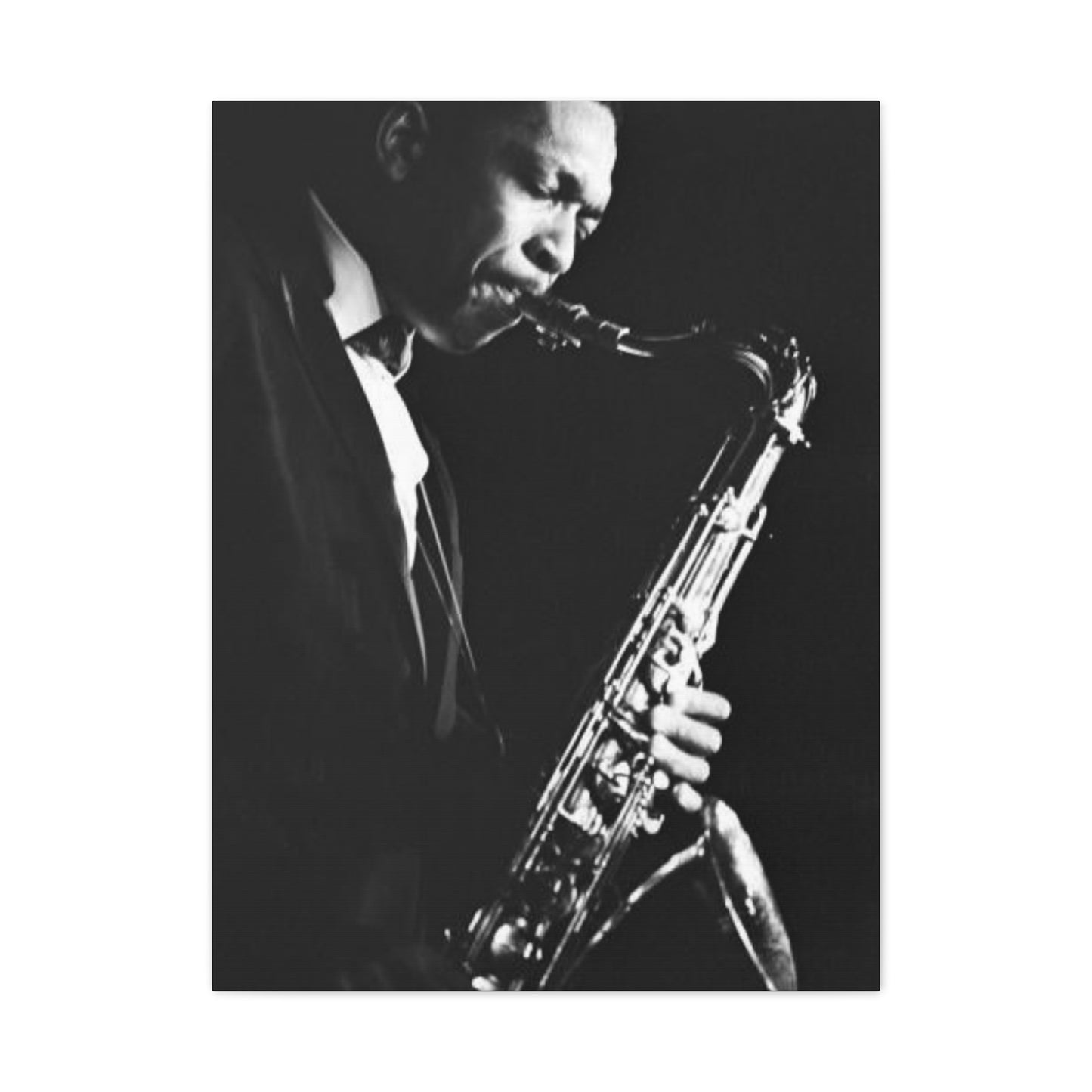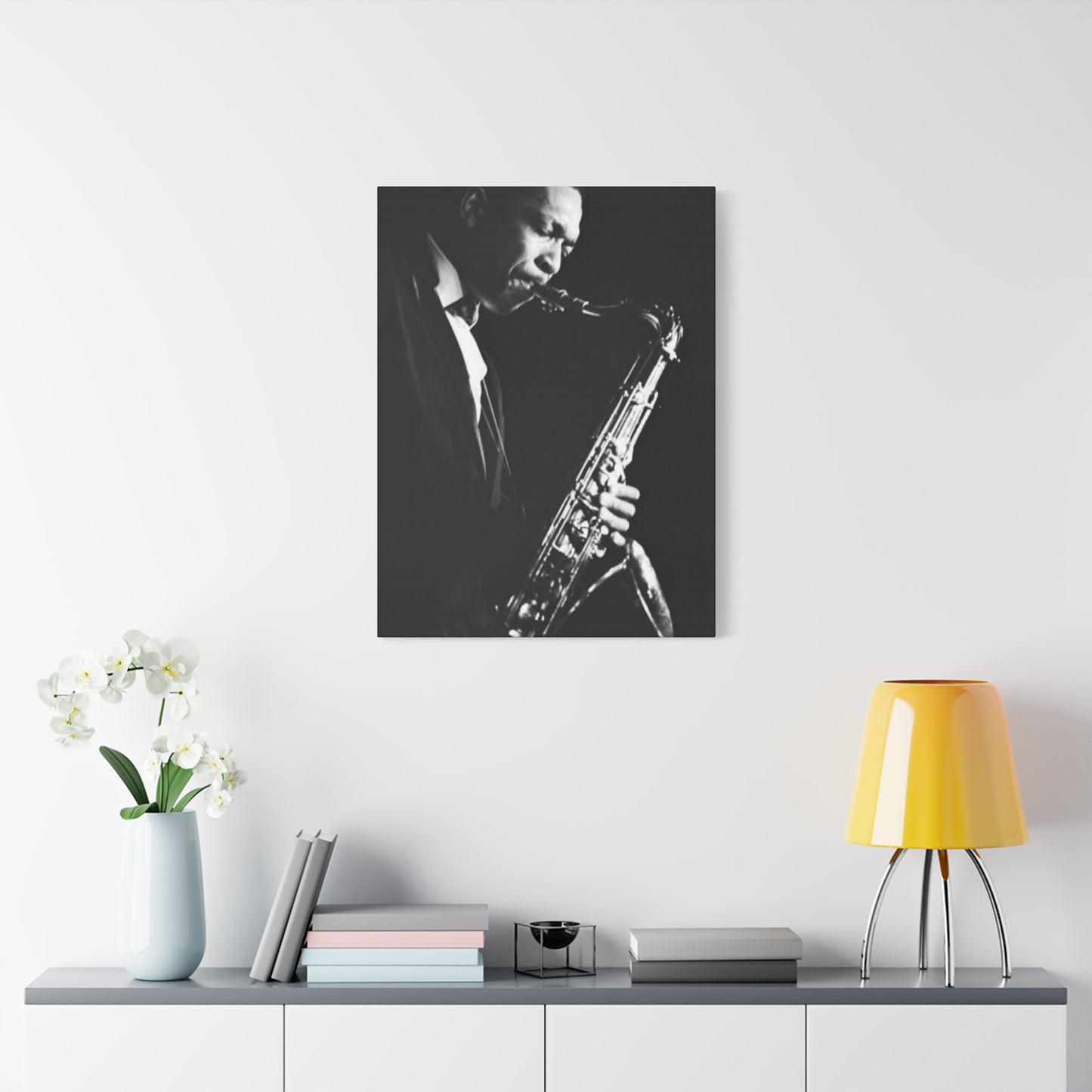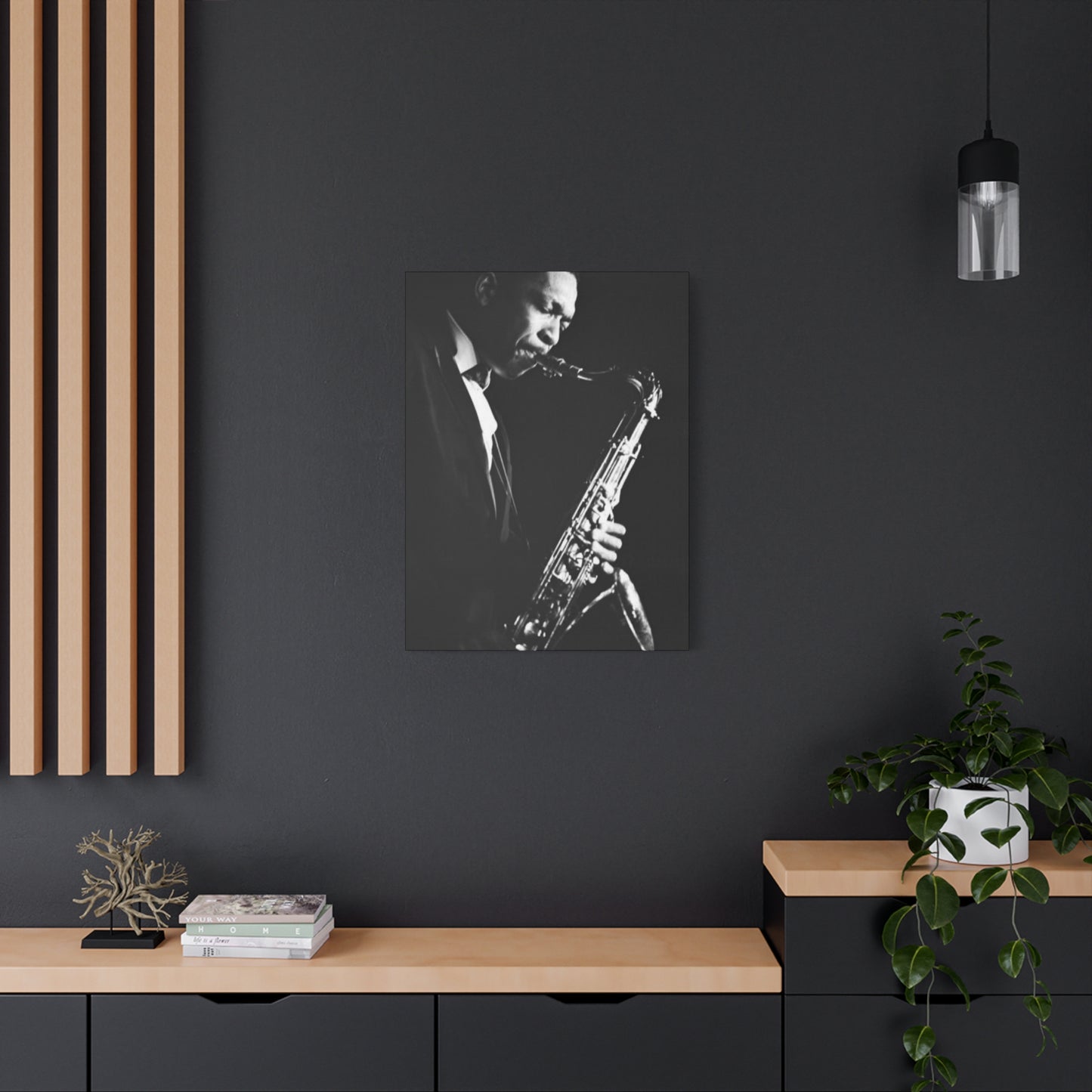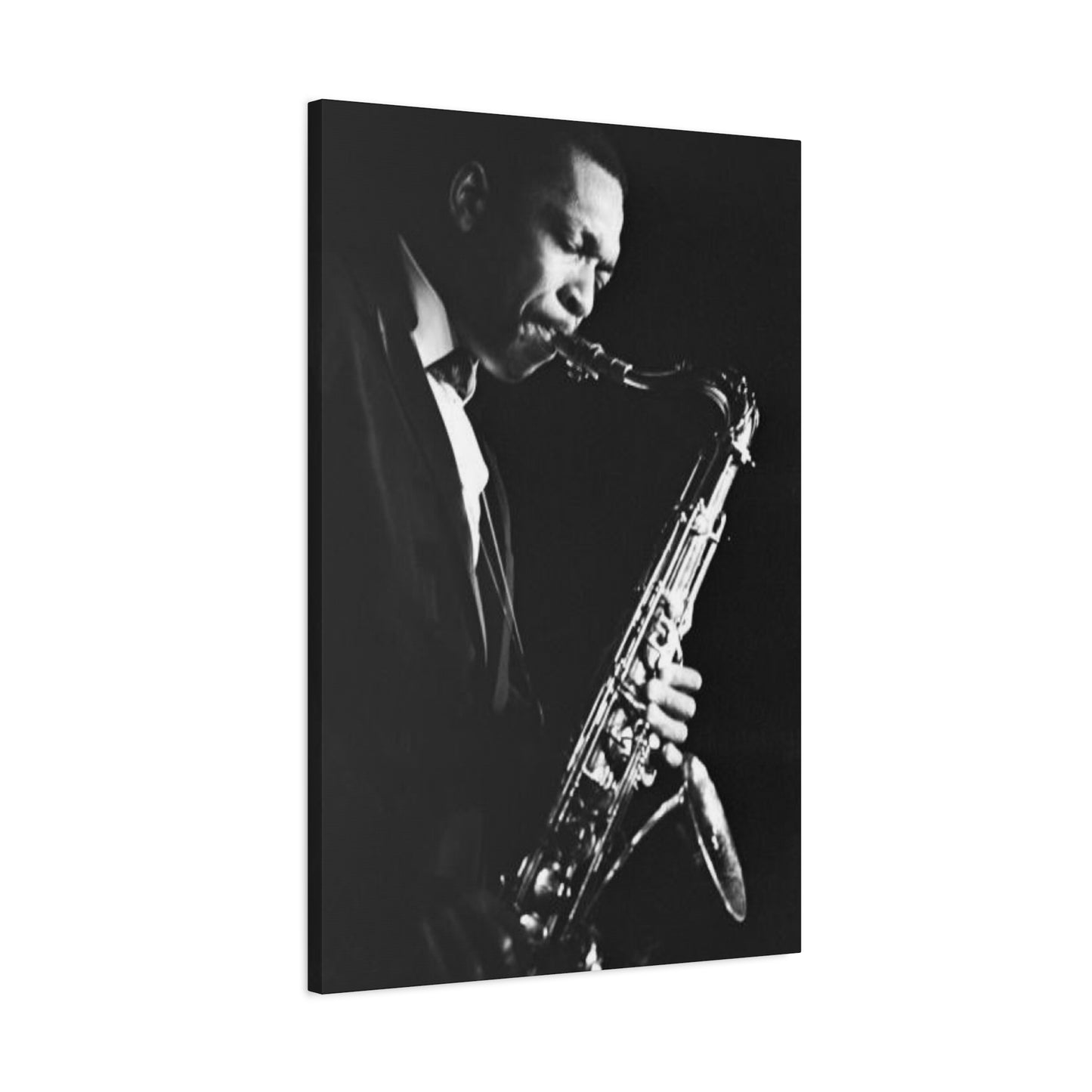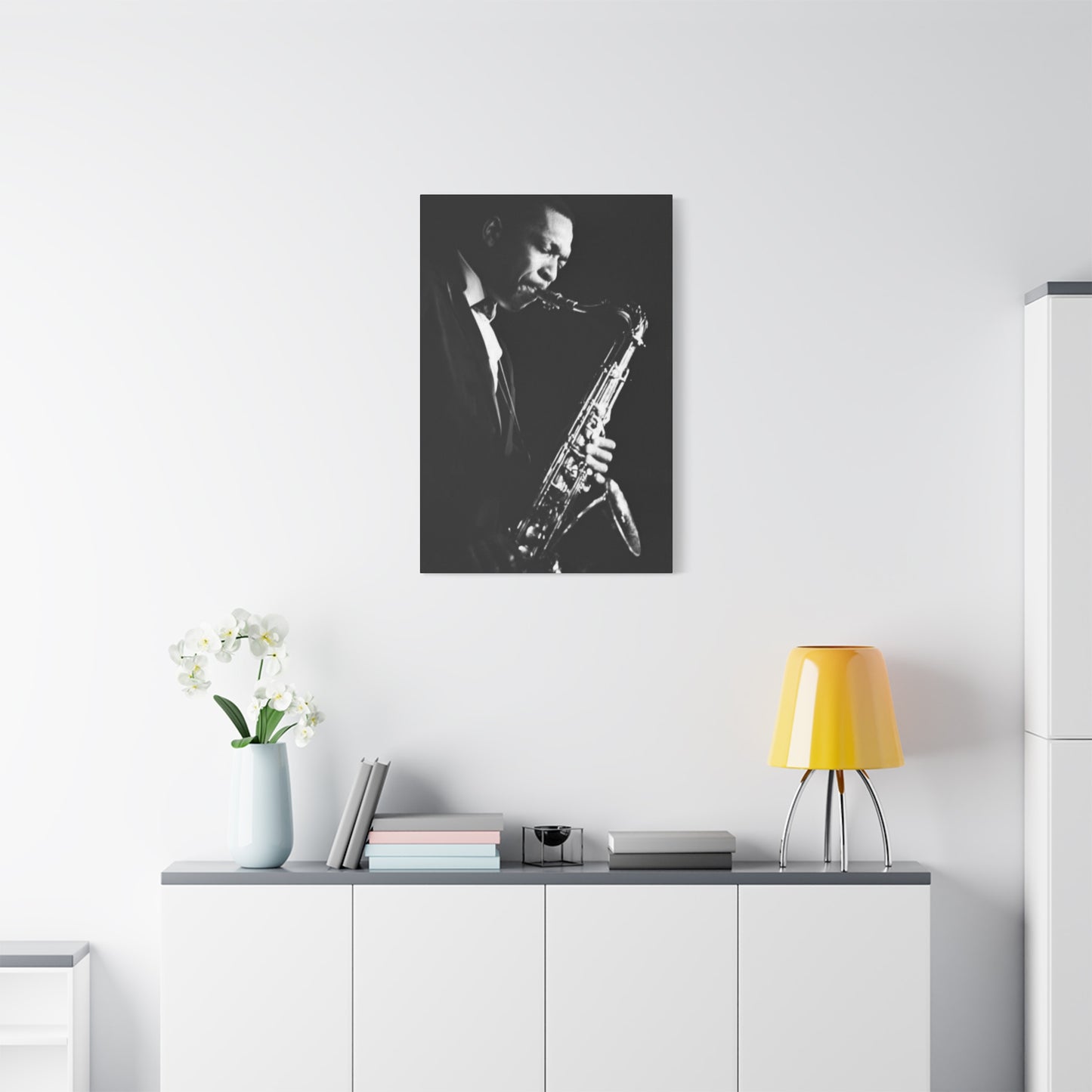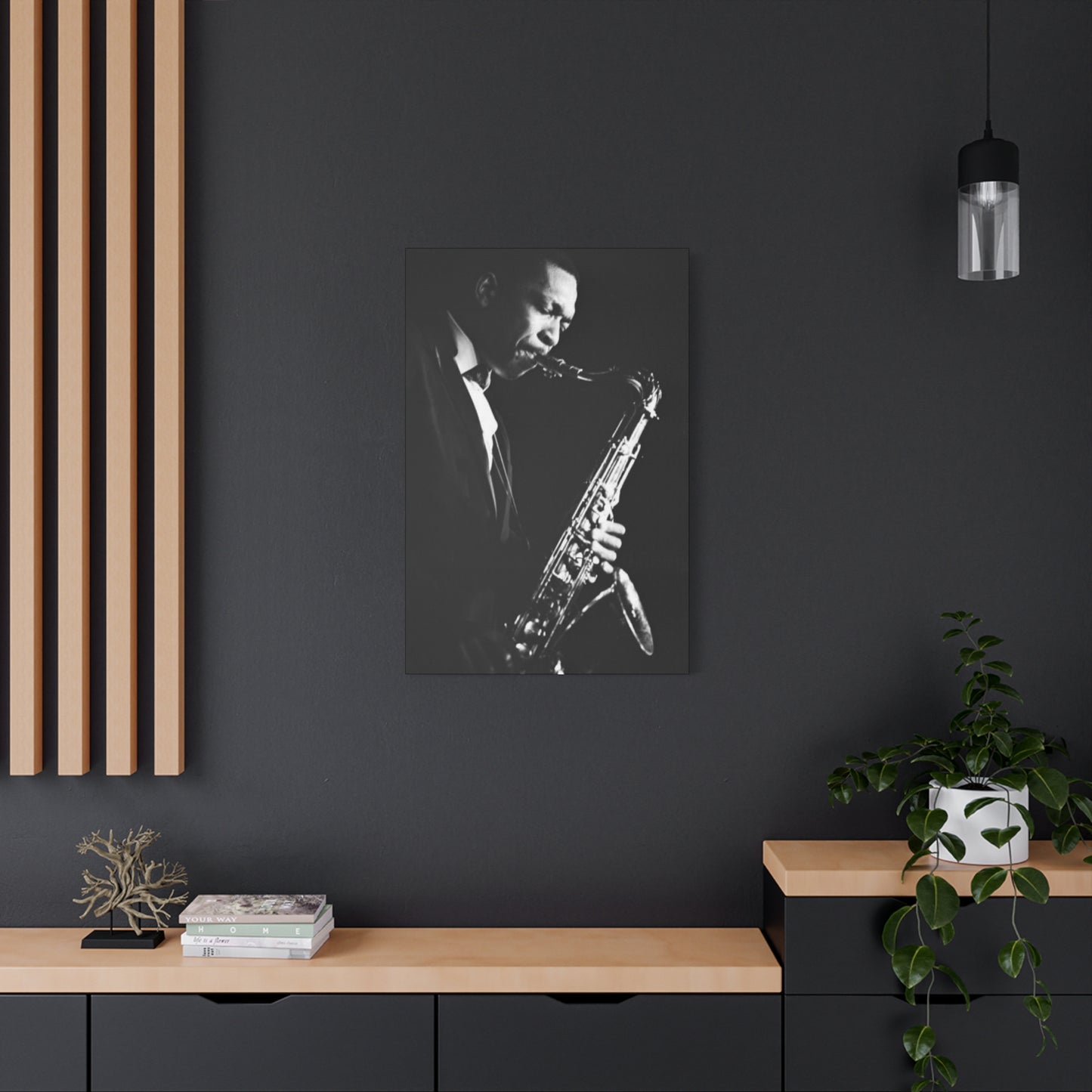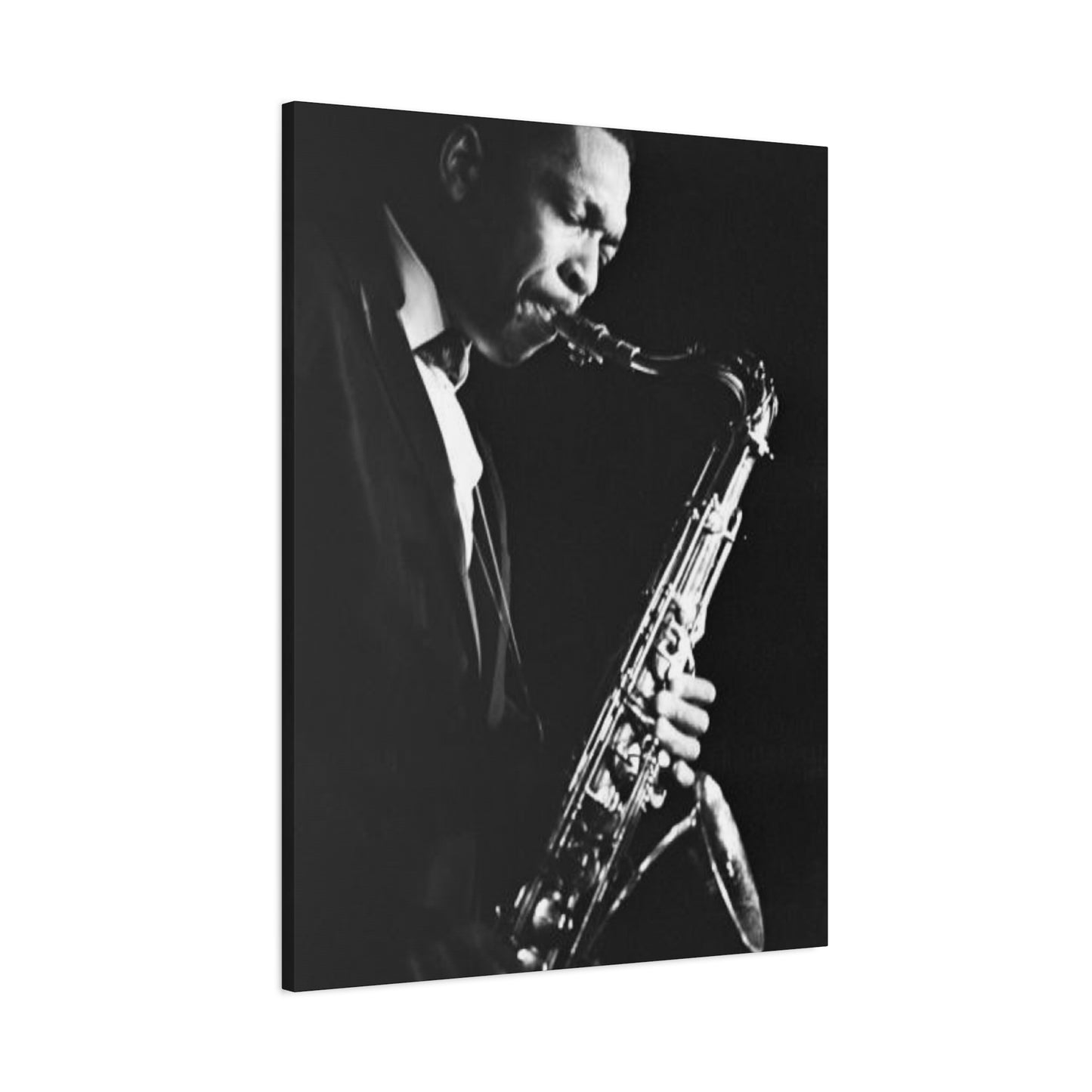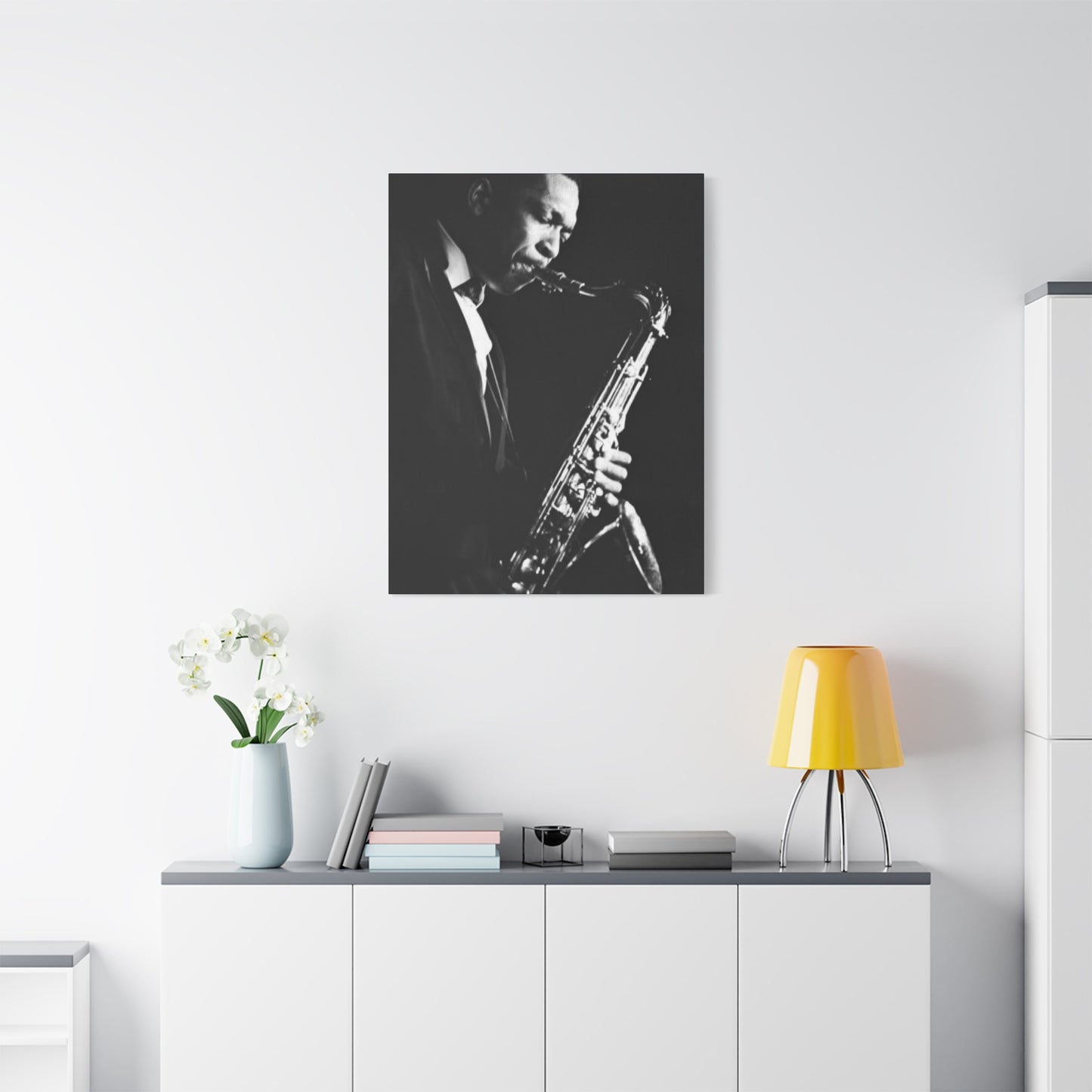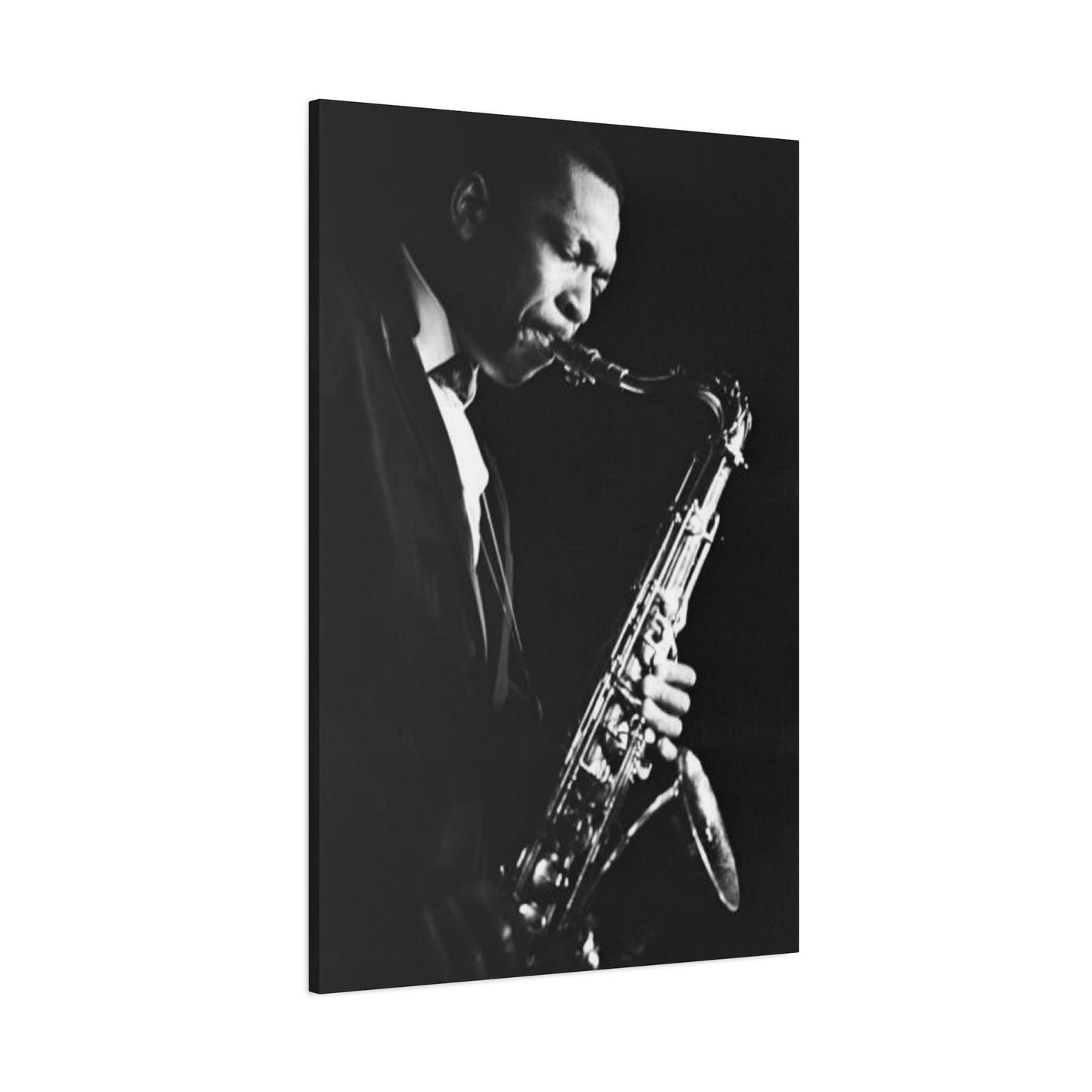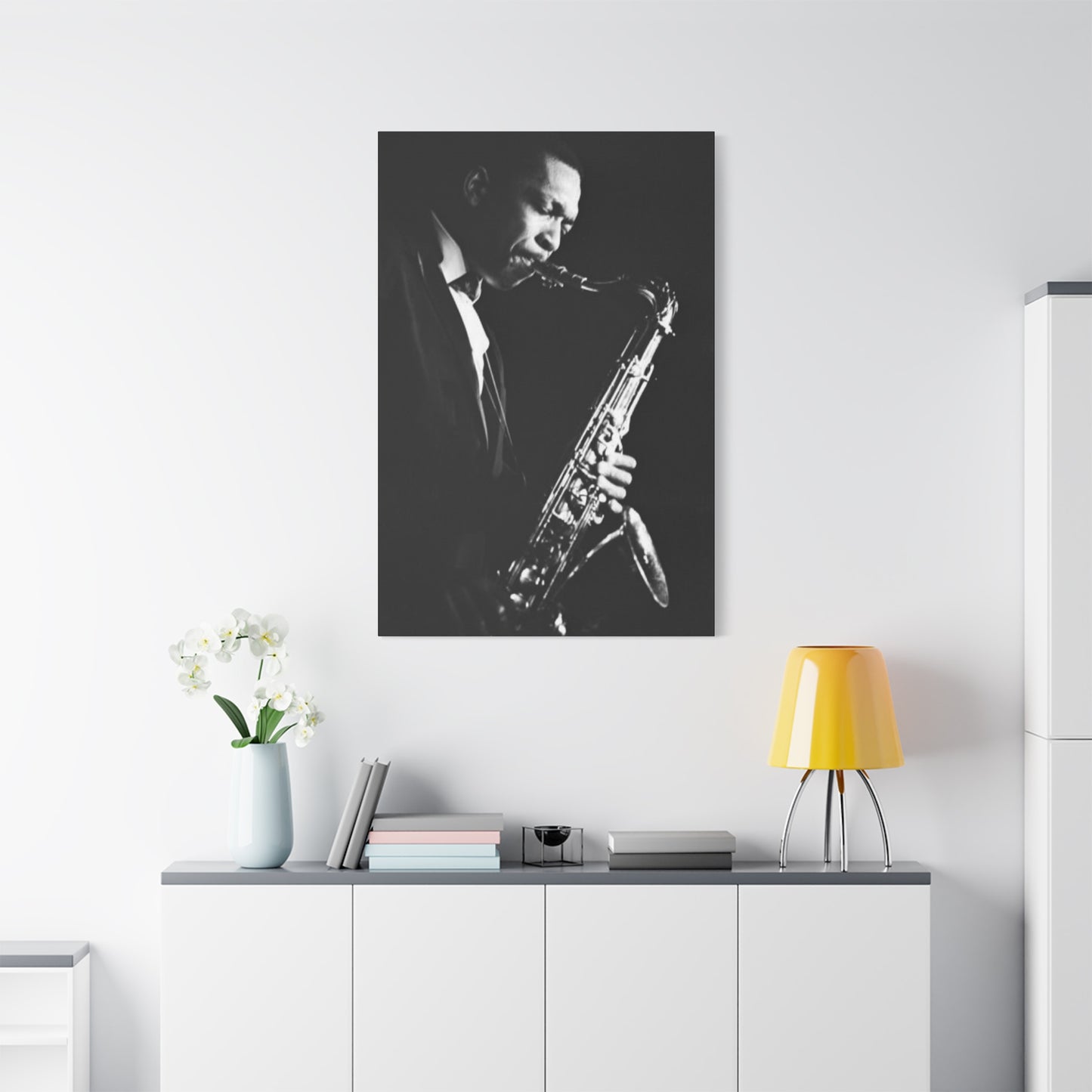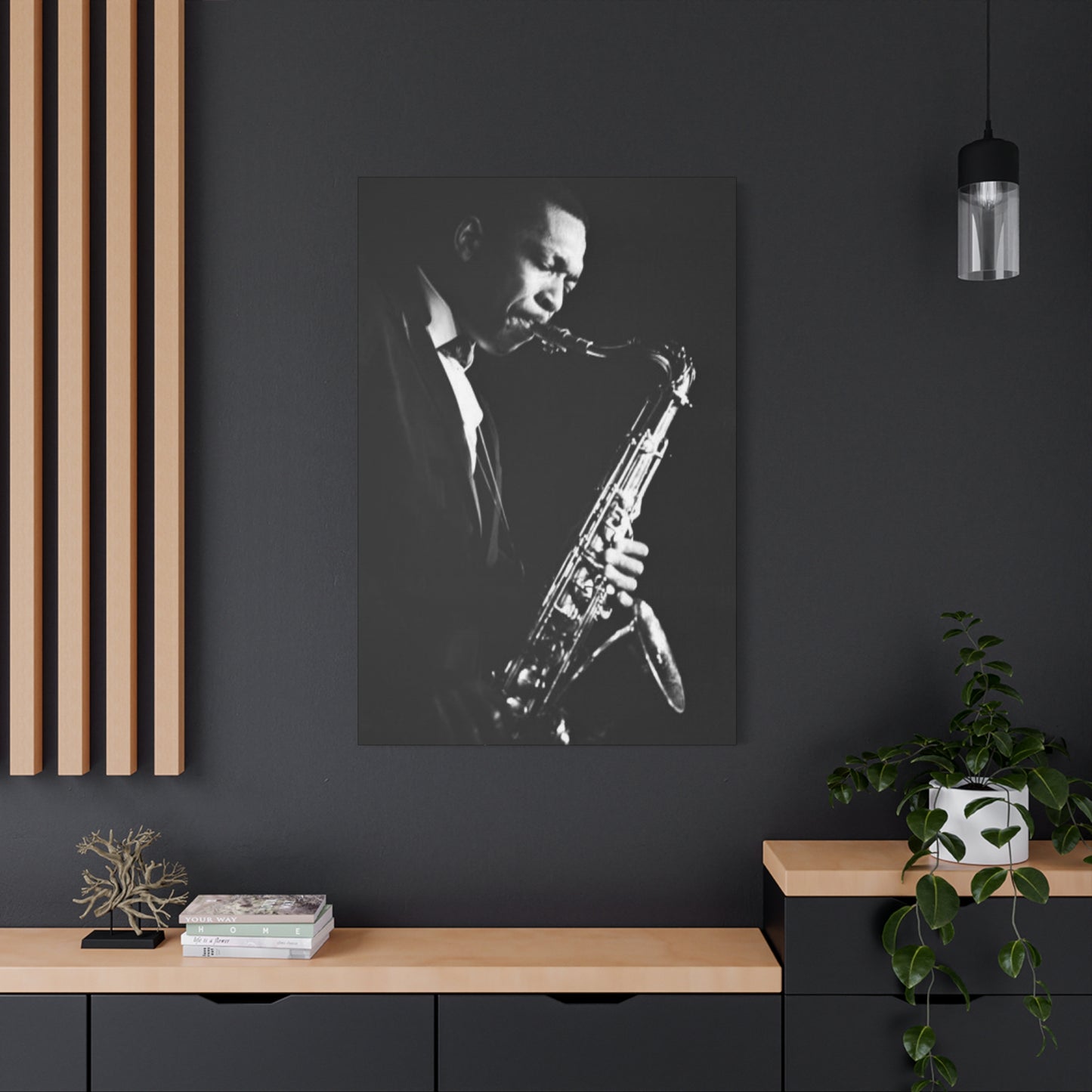Combining Jazz Wall Art with Other Music Genres: A Harmonious Wall Display
The essence of jazz music has long inspired visual artists to create compelling artwork that translates the dynamic energy of live performances onto canvas. This artistic interpretation involves capturing the spontaneous nature of jazz improvisation, the emotional depth of the music, and the vibrant atmosphere of jazz clubs and concert halls.
Artists who specialize in jazz performance art often focus on depicting musicians in motion, emphasizing the physical gestures and expressions that accompany the creation of jazz music. These works frequently showcase trumpet players with cheeks puffed, saxophonists bent over their instruments in passionate concentration, and pianists with hands dancing across keyboards. The goal is to freeze moments of musical creation that viewers can almost hear when looking at the artwork.
Color plays a crucial role in capturing jazz performances visually. Many artists employ warm, rich hues like deep blues, golden yellows, and vibrant reds to evoke the intimate lighting of jazz venues. These colors help create an atmosphere that transports viewers into the smoky ambiance of legendary jazz clubs, making them feel as if they are witnessing the performance firsthand.
The composition of jazz performance art often incorporates elements of movement and rhythm through brushstrokes and design choices. Sweeping lines might represent musical phrases, while scattered dots could symbolize the syncopated rhythms characteristic of jazz music. This visual representation of sound creates a unique artistic experience that appeals to both music lovers and art enthusiasts.
Contemporary artists continue to find new ways to interpret jazz performances, using various mediums from traditional oil paintings to digital art and mixed media installations. These modern approaches often blend photographic elements with abstract designs, creating layered compositions that reflect the complex harmonies and improvisational nature of jazz music.
Modern Jazz Artist Canvas Designs
Contemporary canvas designs featuring jazz artists have evolved significantly from traditional portraiture to incorporate innovative artistic techniques and styles. Modern jazz artist canvas designs often blend realistic elements with abstract interpretations, creating visually striking pieces that appeal to diverse aesthetic preferences while maintaining the musical theme.
Digital art technologies have revolutionized how artists create jazz-themed canvas designs. Many contemporary pieces incorporate digital manipulation techniques, allowing artists to experiment with color saturation, geometric patterns, and surreal compositions that would be difficult to achieve through traditional painting methods. These digital enhancements enable artists to create bold, eye-catching designs that capture attention in modern interior settings.
Minimalist approaches to jazz artist canvas designs have gained popularity in contemporary art circles. These designs often focus on simplified silhouettes of musicians, using negative space effectively to create powerful visual statements. The minimalist aesthetic allows viewers to focus on essential elements like the curve of a saxophone or the profile of a vocalist, making these pieces versatile for various decorating styles.
Mixed media approaches in modern jazz canvas designs incorporate various materials and textures to create multi-dimensional artwork. Artists might combine acrylic paints with fabric elements, metal accents, or photographic components to create unique pieces that engage viewers on multiple sensory levels. These textural elements can represent different aspects of jazz music, such as the rough texture symbolizing the gritty origins of blues or smooth surfaces representing the sophisticated evolution of cool jazz.
Color theory plays an essential role in modern jazz canvas designs, with artists carefully selecting palettes that evoke specific moods or jazz subgenres. Cool blues and grays might represent the sophisticated restraint of West Coast jazz, while vibrant oranges and reds could capture the energy of bebop or fusion styles. This thoughtful use of color helps create emotional connections between viewers and the artwork.
The scale and proportion of elements in modern jazz canvas designs often reflect the improvisational nature of jazz music. Artists might deliberately break traditional compositional rules, creating asymmetrical arrangements or unexpected focal points that mirror the spontaneous creativity found in jazz performances. This approach results in dynamic, engaging artwork that maintains visual interest over time.
Framed Jazz Music Wall Art Ideas
Selecting and arranging framed jazz music wall art requires careful consideration of both aesthetic and practical factors to create visually appealing and cohesive displays. The framing choices significantly impact how jazz artwork integrates with existing decor while maintaining the artistic integrity of the pieces.
Frame selection for jazz wall art should complement both the artwork and the surrounding environment. Traditional jazz pieces often benefit from classic wood frames in rich tones like mahogany or walnut, which echo the warm wood tones of jazz instruments and vintage club interiors. These traditional frames work particularly well with black and white photography of jazz legends or realistic paintings of musicians.
Contemporary jazz art pieces may benefit from more modern framing options, including sleek metal frames in black, silver, or bronze finishes. These frames can enhance the bold colors and abstract elements often found in modern jazz artwork while maintaining a sophisticated appearance that works well in contemporary interior settings.
Gallery wall arrangements featuring multiple framed jazz pieces require thoughtful planning to achieve visual balance and flow. Consider creating arrangements that tell a story about jazz history, grouping pieces by era, style, or featured instruments. This curatorial approach helps create educational and visually interesting displays that engage viewers and spark conversations about jazz music and culture.
Size variation in framed jazz art collections adds visual interest and prevents displays from appearing monotonous. Combining larger statement pieces with smaller complementary works creates dynamic arrangements that guide the eye through the display. This approach works particularly well when showcasing a collection that includes both detailed portraits of jazz musicians and abstract interpretations of musical concepts.
Lighting considerations for framed jazz wall art are crucial for proper display and preservation. Artwork should be positioned to avoid direct sunlight, which can cause fading over time. Consider using picture lights or strategically positioned lamps to highlight key pieces while creating ambient lighting that enhances the overall display. The warm lighting often associated with jazz venues can be recreated in home settings to complement the artwork.
Matting choices for framed jazz art can significantly impact the overall presentation. Neutral mats in cream, off-white, or light gray often work well with jazz photography and paintings, providing visual breathing room around the artwork. For more contemporary pieces, consider colored mats that complement or contrast with dominant colors in the artwork, but ensure these choices enhance rather than compete with the art itself.
Elegant Jazz-Inspired Home Decor
Creating elegant jazz-inspired home decor involves incorporating musical elements and aesthetic choices that reflect the sophistication and style associated with jazz culture. This decorating approach emphasizes quality materials, rich colors, and carefully curated accessories that evoke the glamorous era of jazz while maintaining contemporary relevance.
Furniture selection for jazz-inspired interiors often draws from art deco and mid-century modern styles, reflecting the periods when jazz music flourished. Pieces with clean lines, rich wood finishes, and luxurious upholstery in velvet or leather create the foundation for elegant jazz-themed spaces. Consider incorporating vintage-inspired furniture that references the golden age of jazz while providing modern comfort and functionality.
Color palettes for elegant jazz decor typically feature sophisticated combinations of deep blues, rich burgundies, warm golds, and classic black and white. These colors reflect both the emotional depth of jazz music and the stylish aesthetics of famous jazz venues. The key is to use these colors in balanced proportions, perhaps featuring one dominant color with others as accent tones throughout the space.
Lighting plays a crucial role in creating authentic jazz atmosphere in home decor. Warm, ambient lighting mimics the intimate atmosphere of jazz clubs, while carefully positioned accent lights can highlight artwork and create visual interest. Consider incorporating vintage-style table lamps, floor lamps with fabric shades, and dimmable overhead fixtures to achieve the right balance of functionality and atmosphere.
Textile choices contribute significantly to the elegant jazz aesthetic. Rich fabrics like velvet, silk, and high-quality cotton in appropriate colors and patterns can enhance the sophisticated feel of jazz-inspired spaces. Consider incorporating throw pillows with musical motifs, elegant curtains that frame windows beautifully, and area rugs that define seating areas while adding warmth and texture to the space.
Accessory selection should be thoughtful and purposeful, avoiding cluttered displays while incorporating meaningful elements that enhance the jazz theme. Vintage instruments displayed as decorative objects, carefully chosen books about jazz history, and elegant barware that reflects the cocktail culture associated with jazz venues all contribute to authentic and sophisticated decor.
The integration of jazz wall art into elegant home decor requires careful consideration of scale, placement, and relationship to other design elements. Large statement pieces can serve as focal points, while smaller works can be grouped to create interesting vignettes that support the overall design scheme without overwhelming the space.
Abstract Jazz Music Art for Walls
Abstract interpretations of jazz music offer unique opportunities to incorporate musical themes into wall art without relying on literal representations of instruments or musicians. These artistic approaches focus on translating the emotional and rhythmic elements of jazz into visual forms that engage viewers on a different level than traditional realistic artwork.
Color relationships in abstract jazz art often mirror the harmonic structures found in jazz compositions. Artists might use complementary color schemes to represent tension and resolution, similar to how jazz musicians create and release musical tension through chord progressions and improvisation. These color interactions create dynamic visual experiences that change as viewers observe the artwork from different perspectives and lighting conditions.
Gestural brushwork in abstract jazz paintings attempts to capture the spontaneous nature of jazz improvisation. Bold, sweeping strokes might represent saxophone solos, while delicate, precise marks could symbolize the intricate work of a jazz pianist. This approach creates artwork that feels alive with movement and energy, reflecting the dynamic nature of live jazz performance.
Geometric abstraction offers another avenue for interpreting jazz music visually. Artists might use geometric shapes and patterns to represent the structured yet flexible nature of jazz composition, where musicians work within established frameworks while maintaining creative freedom. These geometric interpretations often appeal to viewers who prefer more organized, systematic approaches to abstract art while still conveying musical themes.
Texture plays an important role in abstract jazz wall art, with artists using various techniques to create surfaces that engage both visual and tactile senses. Heavy impasto applications might represent the bold, brassy sound of trumpets, while smooth, flowing surfaces could symbolize the liquid tones of a well-played saxophone. These textural elements add depth and interest to abstract compositions.
Scale and proportion in abstract jazz art often reflect the improvisational nature of the music. Artists might deliberately break traditional compositional rules, creating unexpected focal points or asymmetrical arrangements that mirror the creative risks taken by jazz musicians during live performances. This approach results in artwork that maintains visual interest and rewards repeated viewing.
The emotional impact of abstract jazz art often relies on the viewer's personal interpretation and connection to the music. Unlike realistic depictions that clearly represent specific subjects, abstract works allow viewers to project their own experiences and emotions onto the artwork, creating personal connections that can deepen over time as the viewer's relationship with both the art and jazz music evolves.
Expressive Jazz Artist Canvas Prints
High-quality canvas prints featuring expressive jazz artist artwork provide accessible ways to incorporate professional-level art into home and office environments. These prints capture the emotional intensity and artistic vision of original paintings while offering durability and affordability that makes them practical choices for various decorating projects.
Print quality considerations are essential when selecting jazz artist canvas prints. Look for prints that use archival-quality inks and canvas materials to ensure longevity and color stability over time. High-resolution printing techniques should capture fine details and subtle color gradations present in original artwork, maintaining the artistic integrity of the pieces.
Canvas texture selection can significantly impact the appearance and feel of jazz artist prints. Smooth canvas surfaces work well for detailed, realistic artwork where fine details are important, while textured canvas can add visual interest to abstract or impressionistic pieces. The texture choice should complement the artistic style of the original work rather than compete with it.
Sizing options for canvas prints allow for flexible decorating solutions that can accommodate various space requirements and design goals. Large-format prints can serve as dramatic focal points in spacious rooms, while smaller prints can be grouped to create gallery-wall arrangements or used as accent pieces in more intimate spaces.
Mounting and hanging considerations for canvas prints differ from traditional framed artwork. Most high-quality canvas prints come pre-stretched and ready to hang, making installation straightforward for most homeowners. Consider the weight of larger canvas prints and ensure appropriate wall anchors are used to support the artwork safely over time.
Care and maintenance of canvas prints require some attention to preserve their appearance and longevity. Regular dusting with a soft brush or cloth helps prevent accumulation of particles that can dull colors over time. Avoid using liquid cleaners or harsh chemicals that might damage the canvas or inks. Position prints away from direct sunlight and areas with high humidity to prevent fading and deterioration.
The versatility of canvas prints makes them suitable for various interior design styles and color schemes. The casual, artistic appearance of canvas prints works well in contemporary settings, while the subject matter and artistic treatment can complement traditional decor when appropriately selected and positioned.
Bold Wall Art Featuring Jazz Icons
Wall art featuring legendary jazz musicians and iconic figures from jazz history creates powerful focal points that celebrate both musical heritage and artistic achievement. These pieces often serve as conversation starters while adding cultural depth and personal expression to interior spaces.
Portrait artwork featuring jazz legends requires careful consideration of artistic style and historical accuracy. Realistic portraits capture the physical likeness and personality of famous musicians, while stylized interpretations might emphasize certain characteristics or create more contemporary artistic statements. Both approaches can be effective when the artistic treatment aligns with the intended decorating goals and personal preferences.
Iconic imagery associated with jazz culture extends beyond individual musician portraits to include symbolic elements like instruments, musical notation, and venue interiors. These broader cultural references can create thematic connections throughout a space while providing flexibility in decorating choices that don't rely solely on recognizable faces.
Scale considerations for bold jazz icon wall art often favor larger formats that command attention and create significant visual impact. However, the scale should be appropriate for the intended space, with room dimensions and ceiling height influencing size decisions. Oversized artwork in small spaces can feel overwhelming, while small pieces in large spaces may appear insignificant.
Color treatment in jazz icon artwork can range from faithful historical representation to creative artistic interpretation. Black and white artwork often evokes the classic era of jazz photography and can integrate well with various color schemes, while colorful interpretations might better complement contemporary decorating approaches or specific design themes.
Grouping strategies for jazz icon artwork allow for creating comprehensive displays that tell stories about jazz history or celebrate multiple musical influences. Consider arranging pieces chronologically to illustrate the evolution of jazz music, or group by instrument or musical style to create focused thematic displays that demonstrate knowledge and appreciation of jazz culture.
The educational value of jazz icon wall art extends beyond decoration to provide opportunities for learning and discussion about musical history and cultural significance. Many pieces include biographical information or historical context that can enhance appreciation for both the artwork and the musical legacy being celebrated.
Jazz Music Wall Art for Living Rooms
Living room spaces present unique opportunities and challenges for incorporating jazz music wall art, as these areas typically serve multiple functions and accommodate various activities. The artwork selection and placement must balance aesthetic appeal with practical considerations for family life and entertainment.
Scale relationships between jazz wall art and living room furniture require careful planning to achieve visual harmony. Large sectional sofas or entertainment centers can support substantial artwork that might overwhelm smaller furniture arrangements. Consider the visual weight of both furniture and artwork to create balanced compositions that feel intentional rather than accidental.
Color coordination between jazz artwork and existing living room decor helps create cohesive design schemes that feel planned and sophisticated. Neutral color schemes in living rooms provide flexible backgrounds for jazz art with bold colors, while rooms with established color palettes may benefit from artwork that complements or provides controlled contrast to existing tones.
Lighting considerations in living rooms often involve multiple light sources serving different functions throughout the day. Natural light from windows, overhead fixtures for general illumination, and task lighting for reading or other activities all impact how jazz wall art appears in these spaces. Consider how artwork will look under various lighting conditions and plan accordingly.
Viewing angles in living rooms vary significantly depending on seating arrangements and traffic patterns. Artwork should be positioned where it can be appreciated from primary seating areas while avoiding locations where it might be partially obscured by furniture or where viewing requires uncomfortable head positioning.
Functional considerations for living room wall art include durability and maintenance requirements. Living rooms experience regular use and may be subject to more dust, fingerprints, and general wear than other spaces. Select artwork and display methods that can withstand normal living room activities while maintaining their appearance over time.
The social aspect of living rooms makes jazz wall art an excellent choice for sparking conversations and sharing personal interests with guests. Choose pieces that reflect your musical preferences and cultural interests while being accessible and engaging for visitors with varying levels of jazz knowledge and appreciation.
Artistic Tribute to Jazz Legends
Creating artistic tributes to jazz legends through wall art serves both decorative and memorial purposes, celebrating the contributions of influential musicians while adding cultural depth to interior spaces. These tribute pieces often combine artistic interpretation with historical significance to create meaningful and impactful displays.
Biographical elements in jazz legend tributes can include subtle references to significant achievements, musical innovations, or career highlights that inform and educate viewers while maintaining artistic integrity. These elements might appear as background details, symbolic objects, or compositional choices that reflect the musician's style or era.
Artistic interpretation in tribute pieces allows contemporary artists to express personal connections to jazz legends while creating original works that stand on their own artistic merit. This approach can result in unique perspectives on familiar subjects, offering fresh insights into well-known musicians and their cultural impact.
Cultural context surrounding jazz legends provides rich source material for tribute artwork. The social and historical circumstances that shaped these musicians' careers and music can inform artistic choices about color, composition, and symbolic elements that add layers of meaning to tribute pieces.
Medium selection for jazz legend tributes can enhance the emotional impact and artistic effectiveness of these works. Oil paintings might convey the classical sophistication of certain jazz eras, while mixed media approaches could reflect the innovative, boundary-pushing nature of experimental jazz musicians.
Display considerations for jazz legend tributes often involve creating dignified, respectful presentations that honor the subjects while enhancing the decorative goals of the space. This might involve careful frame selection, appropriate lighting, and thoughtful placement that allows viewers to engage with the artwork comfortably and meaningfully.
The educational value of jazz legend tributes extends their impact beyond pure decoration to provide opportunities for learning about musical history and cultural significance. These pieces can serve as starting points for exploration of jazz music and its development, making them valuable additions to both homes and educational environments.
Black & White Jazz Artist Wall Prints
Black and white photography and artwork featuring jazz artists offers timeless appeal that transcends temporary decorating trends while providing sophisticated visual impact. These monochromatic pieces often capture the essence and emotion of jazz music through dramatic contrasts and artistic composition.
Photographic documentation of jazz artists in black and white captures historical moments and preserves the visual legacy of influential musicians. Many iconic images from jazz history were originally created in black and white, making contemporary prints authentic representations of the golden age of jazz photography.
Artistic interpretation in black and white jazz prints allows for creative approaches that emphasize form, composition, and emotional expression over color relationships. Artists working in monochrome must rely on value contrasts, texture, and line quality to create visual interest and convey the energy of jazz music.
Contrast management in black and white jazz prints significantly impacts their visual effectiveness and emotional resonance. High contrast images create dramatic, bold statements that command attention, while softer gradations might convey more subtle, contemplative moods that reflect different aspects of jazz music.
Integration with color schemes becomes more flexible when using black and white jazz prints, as these pieces can complement virtually any color palette without creating conflicts or requiring specific color coordination. This versatility makes black and white prints practical choices for spaces with existing color schemes or frequently changing decor.
Framing options for black and white jazz prints should enhance the monochromatic aesthetic without overwhelming the artwork. Classic black or white frames often work well, while natural wood tones can add warmth without introducing conflicting colors. Matting choices in neutral tones help focus attention on the artwork itself.
Grouping strategies for black and white jazz prints allow for creating cohesive displays that maintain visual unity while exploring different aspects of jazz culture and history. The shared monochromatic palette helps tie diverse images together, making it easier to create successful gallery wall arrangements or thematic groupings.
Contemporary Jazz Canvas Art
Contemporary approaches to jazz canvas art incorporate modern artistic techniques and perspectives while maintaining connections to jazz music and culture. These pieces often blend traditional jazz themes with current artistic trends to create relevant, engaging artwork for today's interiors.
Digital art integration in contemporary jazz canvas pieces allows artists to experiment with new visual possibilities that weren't available to earlier generations. Digital tools enable precise color control, complex layering effects, and integration of photographic elements that can create unique interpretations of jazz themes.
Mixed media approaches in contemporary jazz art often combine traditional painting techniques with modern materials and methods. Artists might incorporate found objects, textural elements, or unconventional materials that add dimension and interest to canvas pieces while maintaining focus on jazz themes.
Stylistic fusion in contemporary jazz art reflects the genre's own evolution and cross-pollination with other musical styles. Modern jazz canvas art might incorporate elements from hip-hop culture, electronic music visuals, or world music traditions, creating pieces that speak to contemporary audiences while honoring jazz heritage.
Color theory applications in contemporary jazz canvas art often push beyond traditional color relationships to explore bold, unexpected combinations that reflect current aesthetic preferences. These color choices might reference modern fashion trends, digital art aesthetics, or contemporary interior design palettes while maintaining connections to jazz music.
Scale experimentation in contemporary jazz canvases ranges from intimate small-format works suitable for personal spaces to large-scale installations designed for public or commercial environments. The scale choices often relate to the intended impact and viewing context of the artwork.
Technology integration in creating contemporary jazz canvas art includes both digital creation tools and advanced printing techniques that allow for reproduction and distribution of original works. These technologies make contemporary jazz art more accessible while maintaining high quality standards that preserve artistic integrity.
Jazz Music Posters for Home Interiors
Jazz music posters provide affordable, accessible ways to incorporate musical themes into home interiors while offering flexibility for changing displays and seasonal updates. These pieces range from vintage reproductions to contemporary designs, providing options for various decorating styles and preferences.
Vintage poster reproductions capture the graphic design aesthetics of different jazz eras, from art deco influences in early jazz advertising to mid-century modern approaches in later decades. These historical pieces add authentic period flavor to interior designs while celebrating jazz culture and history.
Contemporary poster designs often incorporate modern graphic design techniques and current aesthetic trends while maintaining jazz themes. These pieces might feature bold typography, abstract design elements, or photographic compositions that appeal to current decorating preferences while honoring musical traditions.
Size standardization in poster formats makes them easy to frame and display using readily available framing solutions. Common poster sizes work with standard frame dimensions, simplifying the selection and installation process for homeowners while ensuring professional-looking results.
Paper quality considerations impact both the appearance and longevity of jazz music posters. Higher quality papers resist fading and deterioration better than standard printing papers, making them worthwhile investments for permanent displays. Archival quality papers provide the best long-term results for valuable or meaningful pieces.
Framing approaches for jazz posters can range from casual to formal depending on the intended use and interior style. Simple frames work well for frequently changed displays, while more elaborate framing treatments can elevate posters to artwork status for permanent installations.
Grouping strategies for jazz poster displays allow for creating dynamic, changeable arrangements that can evolve with personal preferences and seasonal interests. The affordable nature of posters makes it practical to maintain collections that can be rotated and rearranged to keep displays fresh and interesting.
Collecting Jazz Artist Wall Art
Building a collection of jazz artist wall art requires strategic planning, knowledge development, and patience to acquire pieces that provide both personal satisfaction and potential long-term value. Successful collecting involves understanding artistic quality, market dynamics, and personal preferences.
Research foundations for jazz art collecting include studying both jazz history and art market trends to make informed acquisition decisions. Understanding the significance of different artists, periods, and styles helps collectors identify pieces that align with their interests and goals while avoiding common pitfalls in art collecting.
Budget planning for art collecting requires realistic assessment of financial resources and clear priorities about acquisition goals. Starting collectors often benefit from focusing on specific areas of interest rather than attempting to collect broadly, allowing for deeper knowledge development and more strategic purchasing decisions.
Authentication considerations become important when collecting original artwork or limited edition prints. Working with reputable dealers, galleries, and auction houses helps ensure authenticity while providing documentation that supports the provenance and value of collected pieces.
Storage and display planning for collections requires adequate space and appropriate environmental conditions to preserve artwork while allowing for enjoyment and appreciation. Consider both current display needs and future growth when planning storage and exhibition solutions.
Market awareness helps collectors understand pricing trends, identify good values, and make strategic acquisition and disposition decisions. Following auction results, gallery exhibitions, and art market publications provides insights into market dynamics that can inform collecting strategies.
Personal satisfaction should remain the primary motivation for collecting jazz art, with financial considerations being secondary benefits rather than primary drivers. Collections built around genuine appreciation and knowledge tend to be more successful and satisfying over time than those focused solely on investment potential.
Colorful Jazz Music Canvas Designs
Vibrant, colorful approaches to jazz music canvas designs create dynamic, energetic artwork that captures the excitement and emotional range of jazz performances. These pieces often use bold color combinations and expressive techniques to translate musical energy into visual form.
Color psychology applications in jazz canvas designs consider how different colors evoke emotions and associations that complement jazz music themes. Warm colors like reds, oranges, and yellows might represent the energy and passion of bebop or swing music, while cooler blues and purples could capture the contemplative moods found in ballads and cool jazz.
Palette development for colorful jazz designs often draws inspiration from various sources including stage lighting, album cover art, fashion trends from different jazz eras, and the natural colors associated with musical instruments. These diverse influences create rich, complex color schemes that add depth and interest to artwork.
Color harmony principles guide the successful combination of multiple colors in jazz canvas designs. Understanding complementary, analogous, and triadic color relationships helps artists create cohesive compositions that are visually appealing while maintaining the energetic, dynamic quality appropriate for jazz themes.
Application techniques for colorful jazz canvases might include layering, blending, and contrasting methods that create visual texture and movement. These techniques can represent different musical elements, such as smooth blending for flowing melodic lines or sharp contrasts for syncopated rhythms and improvised solos.
Balance considerations in colorful compositions ensure that bold colors support rather than overwhelm the artistic message and decorative goals. Successful colorful jazz art maintains visual hierarchy and focal points while allowing colors to interact in ways that enhance rather than compete with each other.
Integration challenges for colorful jazz art in home environments require careful consideration of existing color schemes and decorating styles. While colorful artwork can serve as dynamic focal points, the colors should harmonize with the overall design scheme rather than creating visual conflicts that detract from both the art and the interior design.
Mood and Rhythm in Jazz Wall Art
Visual interpretation of musical concepts like mood and rhythm requires artistic techniques that translate auditory experiences into visual forms. Jazz wall art that successfully captures these elements creates deeper connections between viewers and the music being represented.
Rhythmic representation in visual art often employs repetitive patterns, alternating elements, and compositional structures that mirror musical rhythms. Artists might use brushstroke patterns, geometric shapes, or color repetitions to create visual rhythms that echo the complex syncopations and time signatures characteristic of jazz music.
Mood translation from music to visual art relies on color choices, compositional techniques, and symbolic elements that evoke emotional responses similar to those created by jazz music. Melancholy ballads might inspire muted colors and flowing compositions, while energetic swing numbers could result in bold colors and dynamic arrangements.
Temporal elements in static visual art present unique challenges for representing musical concepts that unfold over time. Artists often use sequential imagery, overlapping forms, or progressive color changes to suggest the temporal development characteristic of musical performances and improvisations.
Improvisation representation in jazz wall art might incorporate spontaneous, gestural elements that suggest the creative freedom and risk-taking inherent in jazz performance. These elements could include unpredictable brushstrokes, unexpected color combinations, or compositional choices that break conventional rules.
Harmony visualization attempts to represent the complex chord structures and harmonic relationships fundamental to jazz music. This might involve layering techniques, color relationships, or geometric arrangements that suggest the sophisticated harmonic language that distinguishes jazz from other musical genres.
Emotional resonance in jazz wall art depends on the artist's ability to translate personal responses to music into visual elements that trigger similar emotional responses in viewers. This translation process requires both technical skill and deep understanding of how visual elements influence human psychology and emotion.
Hanging Jazz-Inspired Prints at Home
Proper installation and display of jazz-inspired prints requires attention to both technical and aesthetic considerations to ensure artwork is presented effectively while being preserved for long-term enjoyment. Professional-quality display techniques enhance both the appearance and longevity of art collections.
Wall selection for hanging prints should consider both structural and environmental factors. Walls that receive direct sunlight may cause fading over time, while areas with high humidity could promote deterioration of paper-based artwork. Interior walls often provide more stable conditions than exterior walls that may experience temperature fluctuations.
Height considerations for hanging artwork generally follow guidelines that place art at eye level for comfortable viewing. However, the specific height may need adjustment based on ceiling height, furniture arrangements, and the typical viewing positions in each room. Standard recommendations suggest hanging artwork so the center point is 57-60 inches from the floor.
Spacing calculations for multiple prints require careful measurement and planning to create balanced, professional-looking arrangements. Generally, prints should be hung 2-5 inches apart, with closer spacing for smaller pieces and wider spacing for larger works. The total width of grouped arrangements should not exceed two-thirds of the furniture width below them.
Hardware selection for hanging prints depends on both the weight of the framed pieces and the wall construction. Lightweight prints on drywall may require only picture hanging strips, while heavier pieces need wall anchors or screws into wall studs. Always use appropriate hardware to prevent damage to both artwork and walls.
Leveling techniques ensure professional-looking installations that maintain visual appeal over time. Using a level during installation prevents crooked artwork that can be distracting and unprofessional in appearance. For multiple piece arrangements, ensure all pieces align properly both horizontally and vertically.
Lighting considerations for displayed prints affect both visibility and preservation. Avoid hanging artwork where it receives direct sunlight, and consider adding picture lights or adjusting room lighting to highlight displayed pieces appropriately. LED lights generate less heat and UV radiation than traditional incandescent bulbs, making them better choices for illuminating artwork.
Jazz Wall Art for Office Spaces
Professional environments present unique opportunities for incorporating jazz wall art that enhances workplace aesthetics while maintaining appropriate professional standards. Office spaces can benefit from the sophisticated, culturally rich qualities of jazz-themed artwork when selected and displayed thoughtfully.
Professional appropriateness considerations for office jazz art favor sophisticated, refined pieces over casual or overly artistic interpretations. Classic portraits of jazz legends, abstract interpretations of musical concepts, or high-quality photography related to jazz culture generally work well in business environments.
Client impressions can be positively influenced by thoughtfully selected jazz wall art that demonstrates cultural awareness and sophisticated aesthetic sensibilities. Jazz themes often convey creativity, innovation, and cultural sophistication that can enhance business relationships and professional image.
Employee satisfaction may improve in work environments that include appealing, culturally enriching artwork. Jazz wall art can contribute to creating more pleasant, inspiring workspaces that support productivity and morale while demonstrating employer investment in creating quality work environments.
Space considerations in office environments often involve working within existing architectural elements, furniture arrangements, and corporate design standards. Jazz wall art must integrate with these constraints while providing visual interest and cultural enhancement to utilitarian spaces.
Maintenance requirements for office artwork should be minimal to avoid disrupting business operations. Select pieces and display methods that require little ongoing care beyond occasional dusting, and avoid artwork that might be easily damaged by normal office activities.
Scale relationships in office spaces often favor medium to large-sized pieces that can be appreciated in spaces designed for multiple occupants. Small artwork may be lost in large office areas, while oversized pieces could overwhelm workspace functionality and professional atmosphere.
Creative Jazz Artist Canvas Ideas
Innovative approaches to jazz artist canvas art continue to evolve as contemporary artists explore new techniques and interpretations of musical themes. Creative ideas for jazz canvases can inspire both artists and collectors to consider fresh perspectives on familiar subjects.
Layering techniques in jazz canvas art can create complex, multidimensional pieces that reflect the layered nature of jazz music itself. Artists might combine painted elements with collaged materials, photographic components, or textural additions that create depth and visual interest while maintaining musical themes.
Instrument integration involves incorporating actual musical instruments or instrument parts into canvas compositions. Old saxophone keys, drumheads, or piano components can become integral parts of mixed-media pieces that blur the lines between visual art and musical artifacts.
Typography exploration uses musical notation, song lyrics, or jazz-related text as design elements within canvas compositions. This approach can create pieces that appeal to both visual and literary sensibilities while maintaining clear connections to musical themes and jazz culture.
Geometric interpretation applies mathematical and geometric principles to represent musical concepts like harmony, rhythm, and improvisation. These systematic approaches can create ordered, analytical interpretations of jazz that appeal to viewers who prefer structured, logical artistic approaches.
Photographic manipulation combines jazz photography with digital or traditional artistic techniques to create unique hybrid pieces. These works might feature musicians as central subjects with painted or drawn elements that enhance or transform the photographic components.
Abstract expressionism applications to jazz themes allow for highly personal, emotional interpretations that emphasize feeling and gesture over literal representation. These approaches can capture the improvisational spirit of jazz while creating artwork that functions independently as abstract composition.
Cultural fusion ideas explore connections between jazz and other cultural traditions, creating pieces that celebrate the global influence and multicultural roots of jazz music. These approaches can create artwork that appeals to diverse audiences while honoring the international impact of American jazz traditions.
Conclusion
Jazz music and visual art share fundamental qualities that make their combination particularly compelling and enduring. Both art forms emphasize creativity, improvisation, emotional expression, and cultural significance that transcend simple entertainment to become profound forms of human communication and artistic achievement. The integration of jazz themes into home and office decor through wall art, canvas prints, and various artistic interpretations provides opportunities to celebrate these cultural achievements while enhancing personal and professional environments.
The diverse approaches to jazz art discussed throughout this exploration demonstrate the flexibility and richness available when incorporating musical themes into interior design. From realistic portraits of legendary musicians to abstract interpretations of musical concepts, from vintage poster reproductions to contemporary mixed-media pieces, jazz-inspired wall art brings a dynamic and soulful energy to any space. This versatility allows individuals to select pieces that resonate with their personal taste and the mood they wish to cultivate—whether it’s vibrant and energetic or calm and reflective.
Ultimately, jazz-themed visual art serves as a bridge between auditory and visual experiences, enriching environments with a cultural narrative that honors the spirit of jazz. By thoughtfully integrating such art into décor, spaces become not only more aesthetically appealing but also more meaningful, inviting moments of inspiration and connection. Whether in a living room, office, or creative studio, jazz-inspired art invites us to celebrate a timeless cultural legacy while elevating our daily surroundings.

















